Douglas Fir Lumber
- August 7, 2023
- 0 comment
Douglas Fir (Pseudotsuga menziesii) is a highly sought-after softwood species, renowned for its exceptional versatility and widespread application in both construction and woodworking industries. Its popularity stems from a remarkable combination of desirable traits, making it a top choice among lumber options.
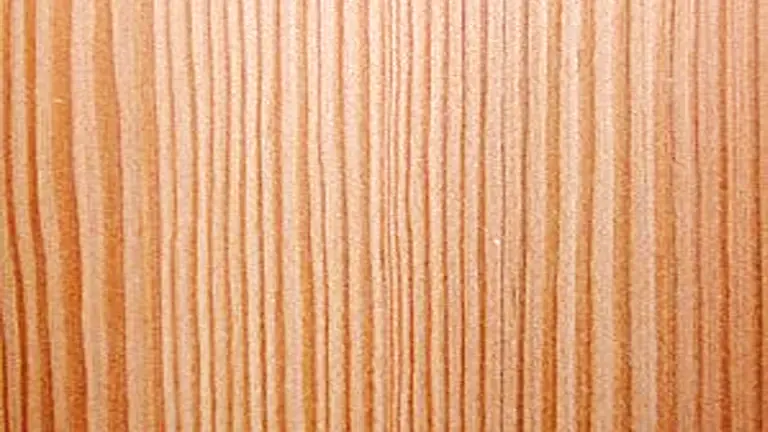
One of its standout features is an outstanding strength-to-weight ratio, making it ideal for load-bearing applications without being overly heavy. Moreover, its dimensional stability ensures that it retains its shape and resists warping or shrinking, making it a reliable and enduring material for various projects.
Beyond its functional properties, Douglas Fir boasts a striking aesthetic appeal, with heartwood ranging from light yellowish-brown to a rich reddish-brown hue, complemented by the subtle pale yellow to white sapwood. The wood’s name pays homage to the Scottish botanist David Douglas, who played a pivotal role in introducing the tree to Europe during the 19th century, thereby establishing its global presence.
| Common Name(s) | Douglas Fir |
|---|---|
| Scientific Name | Pseudotsuga menziesii |
| Distribution | Western North America, particularly the Pacific Northwest (USA and Canada) |
| Tree Size | Height: 200-250 feet (60-76 meters) |
| Diameter: 5-6 feet (1.5-1.8 meters) | |
| Average Dried Weight | 28-34 lbs/ft3 (450-545 kg/m3) |
| Specific Gravity | 0.45-0.55 |
| Janka Hardness | 620 lbf (2,760 N) |
| Modulus of Rupture | 12,600 lbf/in2 (86.9 MPa) |
| Elastic Modulus | 1,900,000 lbf/in2 (13.1 GPa) |
| Crushing Strength | 5,600 lbf/in2 (38.6 MPa) |
| Shrinkage | Radial: 3.0%, Tangential: 5.4%, Volumetric: 8.6% |
Characteristics:
Color/Appearance:
Douglas Fir showcases a visually appealing range of colors, with heartwood varying from light yellowish-brown to a warm reddish-brown, while the sapwood appears as pale yellow to white. The transition between heartwood and sapwood is relatively subtle, adding to the wood’s natural beauty and versatility.

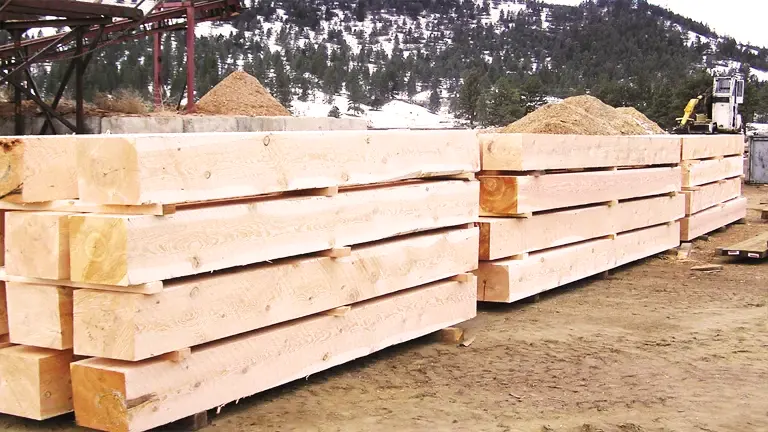

Grain/Texture:
The wood features a straight, sometimes slightly wavy grain pattern, complemented by a uniform medium to coarse texture. This combination of grain and texture lends Douglas Fir an attractive and distinct appearance, making it well-suited for a variety of applications.
Rot Resistance:
While not inherently resistant to decay, Douglas Fir can be effectively treated with preservatives to enhance its durability and resistance to rot and insect attacks. As a result, it finds frequent use in outdoor projects, such as decking, siding, and outdoor structures, where protection against environmental factors is essential.
Workability:
Douglas Fir is a delight to work with both hand and machine tools. Its excellent workability allows for ease in cutting, shaping, and machining, making it a preferred choice for carpenters and woodworkers. However, caution must be exercised during nailing or screwing, as its dense nature can lead to splitting if not properly pre-drilled.
Odor:
The freshly cut wood emits a distinctive and pleasant resinous odor, which is often appreciated by craftsmen and enthusiasts alike.
Allergies/Toxicity:
Although generally considered non-toxic, Douglas Fir may cause skin irritation in some individuals. Proper safety measures, such as wearing protective gear, are recommended during handling and processing.
Pricing/Availability:
Douglas Fir lumber is widely available and is known for its reasonable cost, making it a cost-effective option for various projects. Its widespread availability and versatility have contributed to its popularity across different industries.
Sustainability:
Douglas Fir is a preferred choice for sustainable forestry practices, owing to its rapid growth rate and responsible management. It is commonly cultivated in managed forests, ensuring a continuous supply while minimizing the impact on natural ecosystems. This sustainable approach makes Douglas Fir a responsible and environmentally-friendly wood choice.
Common Uses:
The versatility of Douglas Fir extends to a wide range of applications. In the construction industry, it is used extensively for framing, beams, joists, and plywood due to its exceptional strength-to-weight ratio. Its appealing appearance and workability also make it a popular choice for interior and exterior trim work, cabinetry, and furniture making. Whether in structural or decorative applications, Douglas Fir’s inherent qualities make it a reliable and widely-used material in various projects.
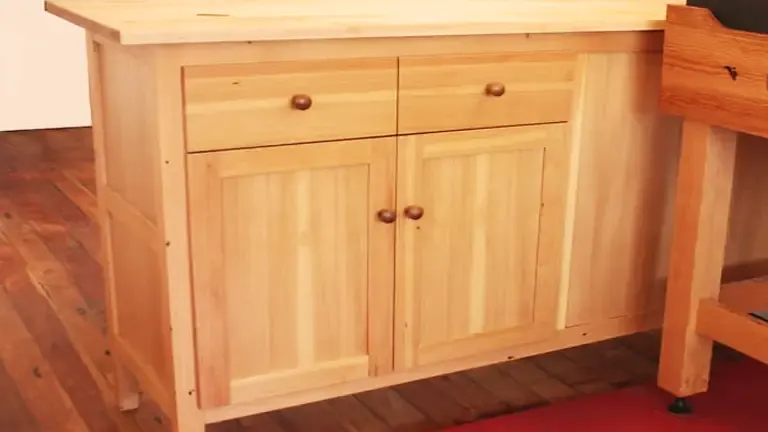
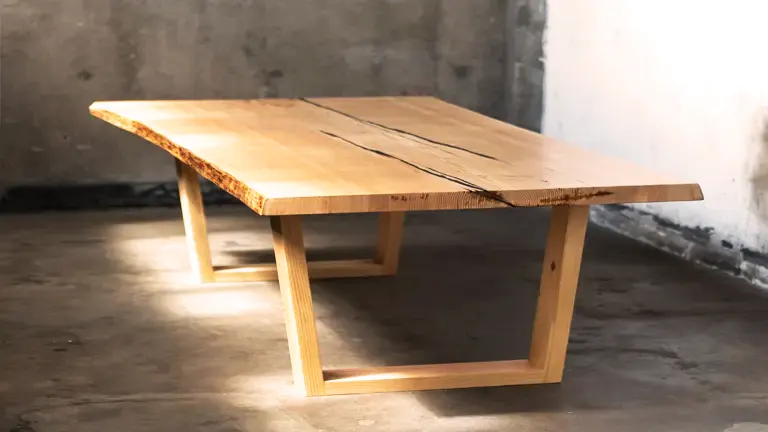
FAQs:
- Is Douglas Fir a hardwood or softwood? Douglas Fir is technically a softwood, but it is harder and more durable than many hardwoods.
- Can Douglas Fir be used outdoors? While Douglas Fir is not naturally rot-resistant, it can be used outdoors if treated with appropriate preservatives to enhance its decay resistance.
- Is Douglas Fir suitable for heavy structural applications? Yes, Douglas Fir’s strength and stiffness make it an excellent choice for heavy structural applications.
- How does Douglas Fir compare to other softwoods like Pine or Cedar? Douglas Fir is generally stronger and more durable than most Pine species and offers comparable strength to Cedar.
- Is Douglas Fir good for woodworking projects? Yes, Douglas Fir’s workability, attractive appearance, and availability make it a popular choice for various woodworking projects.
- Is Douglas Fir sustainable? Yes, Douglas Fir is considered a sustainable wood choice when harvested responsibly from well-managed forests.

Edward Smith
Forestry AuthorWoodworking is about more than crafting; it's a harmonious connection with nature, mastering tools, and preserving our environment. I'm here to share my knowledge and experiences with you, forging a future where we can embrace wood's beauty and utility while safeguarding our forests' health and diversity.

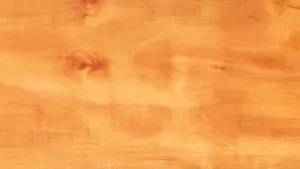
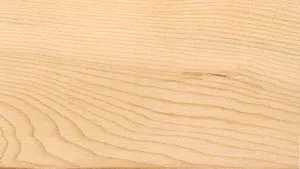
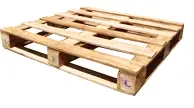



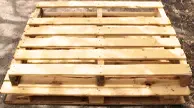




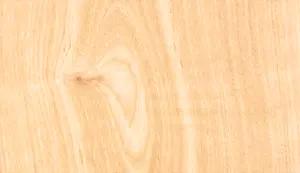
Leave your comment